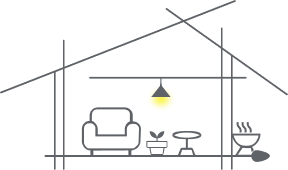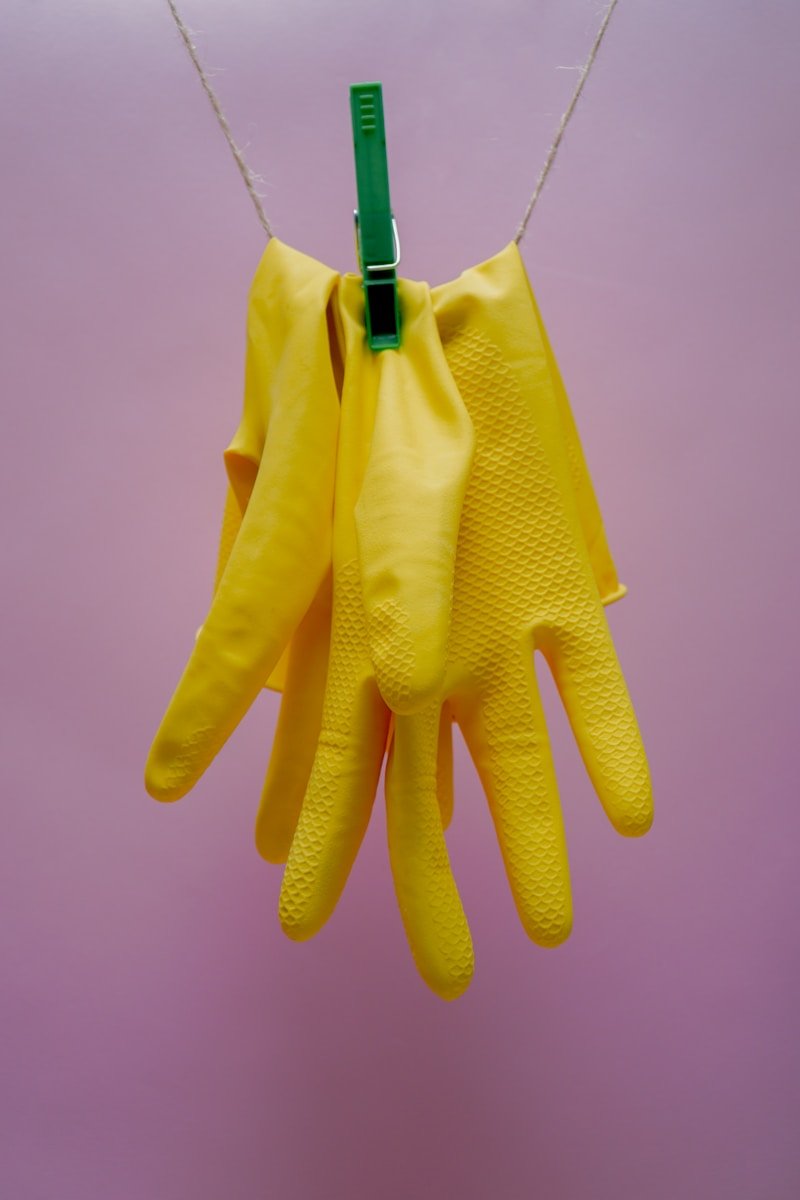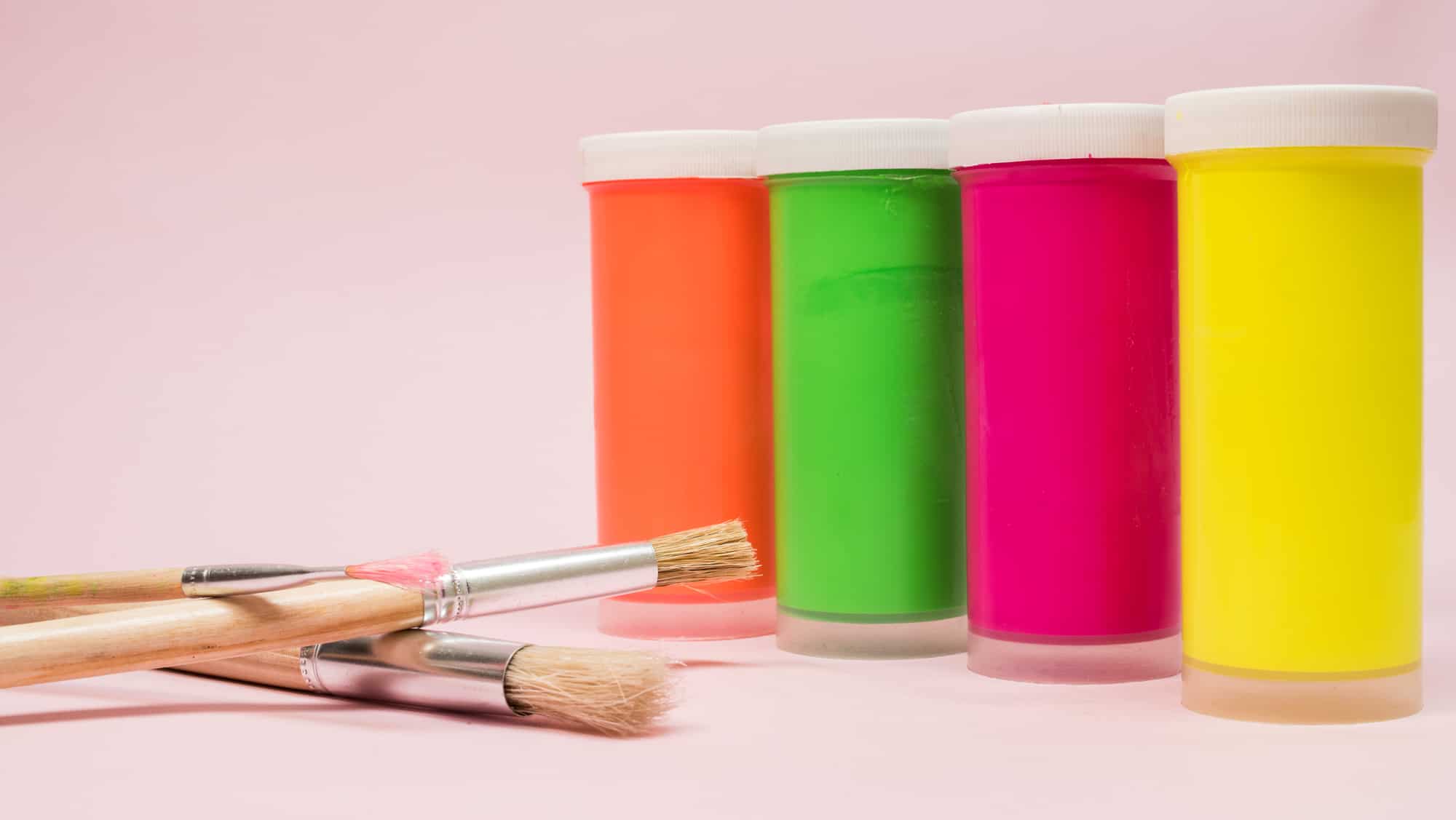Table of Contents
One of the most important stages of installing or repairing drywall is the sanding stage. It is not a complicated procedure, but you have to painstakingly work to avoid ruining the wall or increasing your workload even further. One of the things you need to do is choose the right grit sandpaper for the job.
The right sandpaper grit for drywall is usually between 120 and 150-grit. The 120-grit sandpaper is fine enough to work on the surface without leaving gouges but coarse enough to sand out imperfections quicker. The 150-grit paper is useful for final sanding to ensure the best level of smoothness.
In the rest of this article, you’ll learn more about the sandpaper grit to use on drywall, and the best type of sandpaper to buy, and more.
What Sandpaper Grit Should I Use on Drywall?
The grit rating on sandpaper shows the fineness of the abrasive action. Higher grit numbers translate to finer abrasive action. For drywall, it’s best to avoid sandpaper grits that are lower than 100 (source: SF Gate).
They may allow you to work quickly, but they are coarse enough to leave deep gouges in the wall that will remain visible after you’ve painted the wall. Of course, you can use joint compound to cover up the gouges, but that’s extra work. Additionally, using the compound also translates to more sanding to smoothen out the surface.
On the other hand, sandpaper grits higher than 220 are not useful on drywall because the extremely fine abrasives don’t leave much of a dent and clog up quickly. This is why 120 and 150-grit sandpapers are the recommended ones to use.
| Sandpaper Grit | Usage |
| 120 | The 120-grit sandpaper is coarse enough for rough sanding in most drywall projects. It is durable enough to remove any elevations or imperfections—or reduce it significantly where possible. |
| 150 | The 150-grit sandpaper is best used for the final finish of the drywall. Depending on the scope of the project, using the 150-grit may be optional. |
While 120-150-grit is the recommended range, some projects may require you to go up to 200-220-grit sandpaper in the final finish. The key is to progress until you get your desired smoothness. In many cases, you won’t have any need to go beyond the 150-grit barrier.

What Type of Sandpaper Should You Buy?
When looking for sandpaper in a typical hardware store, there are three types of commercial-grade papers you can expect to find. These include:
- Aluminum-oxide sandpaper (usually gray)
- Garnet sandpaper (usually tarnish brown)
- Silicon-carbide sandpaper (usually black and also known as wet/dry sandpaper)
For your drywall sanding, you should always choose aluminum-oxide sandpapers. This type of sandpaper lasts longer because they wear away more slowly compared to the others. The open-coat nature of the material also ensures it won’t clog easily as you work.
Garnet sandpapers are also open-coat, but they don’t last as long as aluminum oxide papers. They’ll also tear more easily compared to aluminum oxide because they have a thinner substrate.
So, when you’re looking for sandpaper to use for your drywall project, look for 120-150-grit aluminum-oxide sandpaper. Look for pre-cut sheets designed to fit your drywall sander to save some time.
Which Grit Sandpaper Should I use for Drywall Mud? (Joint Compound)
Tip: You should read my article first on how to mud uneven drywall, before you sand it.
When working on drywall mud, you may feel like speeding up the sanding procedure by using coarse sandpaper such as 80-grit or lower. However, the joint compounds in use today are generally lightweight and soft, which means that using heavy-grit sandpaper on the surface is the wrong approach (source: RCA Contractors).
If you choose to go with coarse-grit sandpaper, you’ll leave lots of marks on the surface, which will mean re-sanding to achieve a smooth finish. Therefore, it’s best to also use either 120- or 150-grit sandpaper when you’re working on drywall mud.
Which Grit Sandpaper is Best for a Drywall Patch?
When working on a drywall patch, you should use a drywall sander fitted with 120-grit sandpaper. Again, some DIY enthusiasts make the mistake of choosing coarser sandpapers for the project, but this only gives you more work to do as you’ll burn more time filling in deep scratches with a joint compound.
With a drywall sander fitted with 120-grit sandpaper, you can sand over the patch without exerting too much pressure. If you use a finer grit that requires you to put too much pressure on the sander, you may still end up with blemishes.
Once you’ve gone over the patch with a 120-grit sander, it’s time to finish it up with a 150-grit paper to achieve a smooth finish.
Most people will use a pole sander when working on patches in the center of the wall, but when you have to work on patches in the corner, you’ll need to use a hand sander, a sanding block, or an orbital palm sander.
When working on these corners, you also need to use the combination of 120 and 150-grit sandpaper for rough sanding and finishing, respectively.
What’s the Best Sandpaper for Drywall?
There are two choices you can consider when looking for the best sandpaper for drywall. They include the following:
Hamiggaa 12 Pack Sanding Blocks

These sanding blocks suitable for drywall sanding come in a multi-grit pack ranging from 60 to 220. They are also great for working on drywall mud. You’ll get two packs of each grit size in the box.
The sanding blocks are designed with easy holding in mind. If you don’t like the block’s size, you can easily cut it down to your preferred size. If you do some wet sanding, you’ll love this product as you can use it in water directly.
Unfortunately, you won’t find a 150-grit block in the pack, so you can either order that separately or use the 180-grit block included for your finishing.
Tonmp Sanding Discs

These sanding discs work well for drywall sanding. They are made for drywall sanders (hence the eight holes you’ll find on each one). The aluminum oxide papers come in multiple grits as well, ranging from 60 to 240. 120 and 150-grits are included, and you’ll get 20 pieces of each grit size.
Sanding Screen vs. Sandpaper for Drywall
The sandpaper and sanding screen debate has been going on for a while. Which one is the best?
Sandpaper for Drywall
Walk into any hardware store, and you’ll find shelves loaded with sandpaper in various grits. You can get plain pre-cut sheets or sandpapers wrapped around blocks or plastic drywall sanders.
Using these on drywall is as simple as making circular movements on the portion of the wall you’re working on, increasing the grit size incrementally to get a smooth finish.
Pros
- Easy to use. Sandpapers are so easy to use on drywall. Most people have used sandpaper at least once in the past, so taking the knowledge to drywall is straightforward.
- Changing is easy. When the sandpaper wears down, you can toss it aside and start working with a new one. Even when working with orbital sanders, most manufacturers have made the paper change process straightforward.
- Ubiquitous. As we mentioned earlier, your local hardware store will almost always have sandpapers in the right grits you need for your drywall project.
- Affordable. Sandpapers are sold in affordable packs. You’ll always have enough for your project.
Cons
- The grit can get loaded up quickly. As you sand drywall, you may have to change the sandpaper more frequently (compared to when sanding wood) as bits from the joint compound can load up the abrasive side of the sandpaper and make it ineffective.
- You can only use one side of the paper. Most sandpaper manufacturers only make one side of the paper abrasive.

Sanding Screen for Drywall
A sanding screen is another material you can count on when working on your drywall. The main distinguishing factor between this and typical sandpaper is the holes that allow dust to fall through the screen as you work, ensuring that the grit doesn’t get loaded up (source: Home Repair Central). Using it is also as simple as working with sandpaper.
Pros
- It stays effective longer. Since the sanding screen is designed to allow dust to fall away and not build up on the surface, you can use a piece a lot longer.
- It offers more value. With grit on both sides, a sanding screen gives you more value for money. Once a side begins to wear down, you can flip to the other side and continue working.
- Sheets are pre-cut. Most sanding screen manufacturers cut down the papers to fit on the head of a sanding pole or other handheld sanders with installations on how to install the sheet.
Cons
- It’s not always available. Finding a store that has stocked up on these, especially on the grits you need for a drywall project, is often difficult—certainly not as easy as finding sandpaper.
- It’s best on gypsum finish. Sanding screens may not work well on surfaces other than gypsum.
- It’s not meant for painted surfaces. If you’re working on painted drywall, the sanding screen can clog up fairly quickly. The paint will bind up the screen, making it hard to use. The unused second side also won’t work in this scenario.
I hope this helps you with your next drywall sanding project. You can also check out my recommendations for the best sanders for drywall, too.










